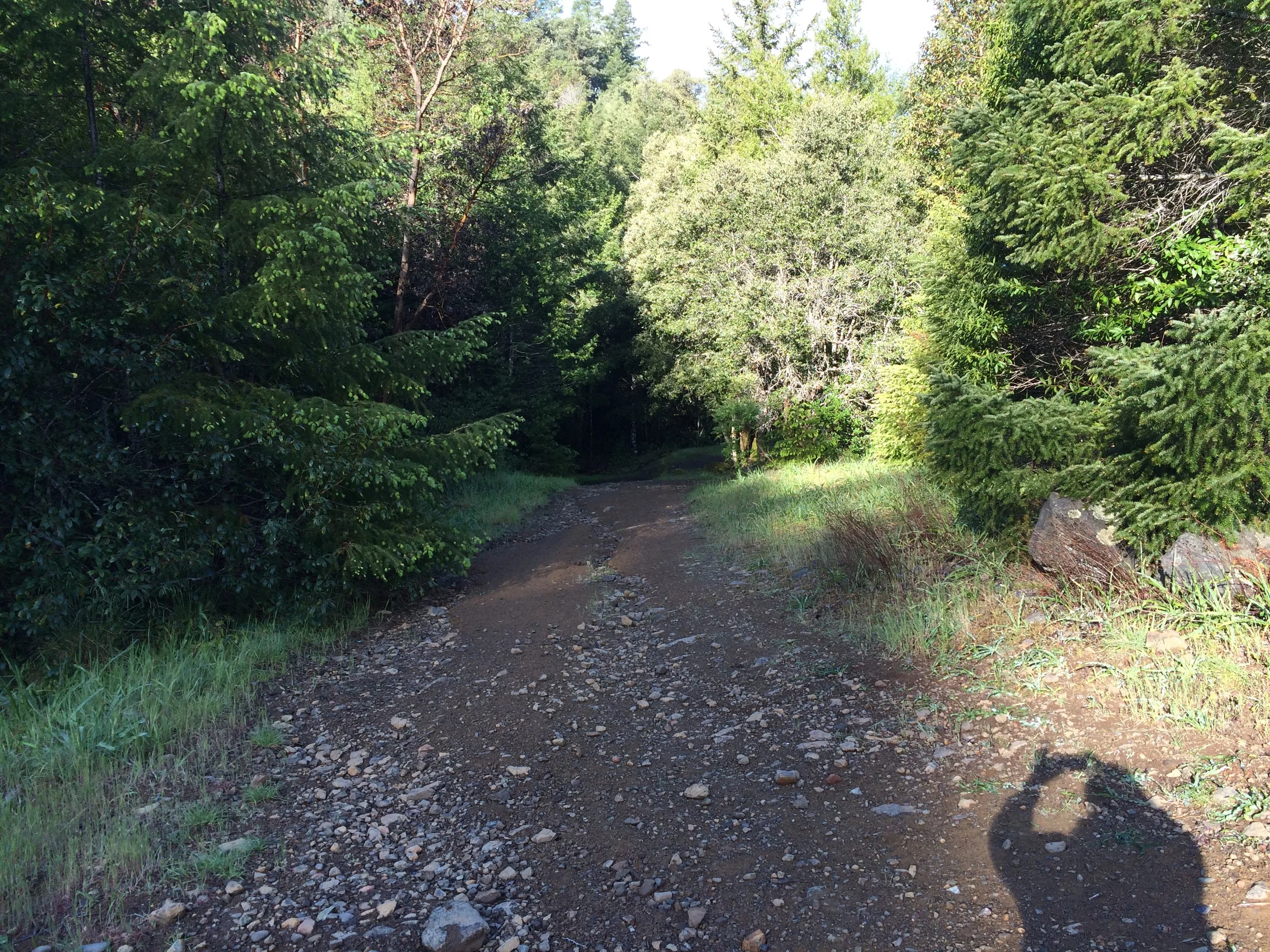The Cabin Road. Part 2.
Lori Narlock
The last little bit of road before our cabin.
The cabin road weighed heavily on my mind this winter. Gina mentioned that a spot that’s been trouble off and on since I was little, was in peril. The stream that runs down the hill above it has been running under the culvert that’s buried beneath the road, threatening to weaken the road enough that it could collapse.
That’s a problem. A big problem. There’s only one road in and out of the cabin. If it’s out of commission there’s no access to the cabin.
Two miles long, the cabin road has changed little in the six decades since the property was purchased. It remains an unpaved dirt road. In warm, dry weather it’s so dusty a cloud follows behind your car, leaving it covered with a thin layer of brown powder when you stop. In winter, the road becomes muddy and forms large potholes where the water pools.
When my grandfather was alive, he and his brothers would often “drag” the road to smooth out the potholes. This involved dumping a load of shale on spots along the road and then spreading it out using a piece of make-shift equipment made of a cyclone fencing and two four-by-fours that would be attached to a tractor.
One of the homemade dragging tools leftover from my grandfather's day.
There were also the emergency fixes that have included removing trees that fell across the road and putting in new culverts to divert the springs that would appear in the rainy season.
There was also a lot of clearing landslides. For years there was one spot that washed out every winter. It was steep and slippery and every time we drove up or down it in our camel-colored Ford Squire wagon, my father would have us all get in the back for ballast as he’d carefully maneuver the car up that hill.
When the hillside above that part of the road finally filled in with shrubs and trees and the erosion stopped, there was a new spot close to the cabin that began to erode. My uncles put in a new culvert then shored up the bank with a mix of old junk and newly cut brush and tree limbs.
A newly dug ditch that washed away the following winter. Ugh.
No one drags the road regularly anymore, but at least once a year a group of us go up and perform maintenance. Sometimes we spend a weekend cutting away brush along the side and other times we spend a day or two digging ditches to direct errant streams.
When we go up for our first visit next month, we’ll know how the road held up in the troubled spot. Regardless of how it fared, I have a feeling we’ll be spending some time this summer working on the road. Oh the joys of cabin ownership.



